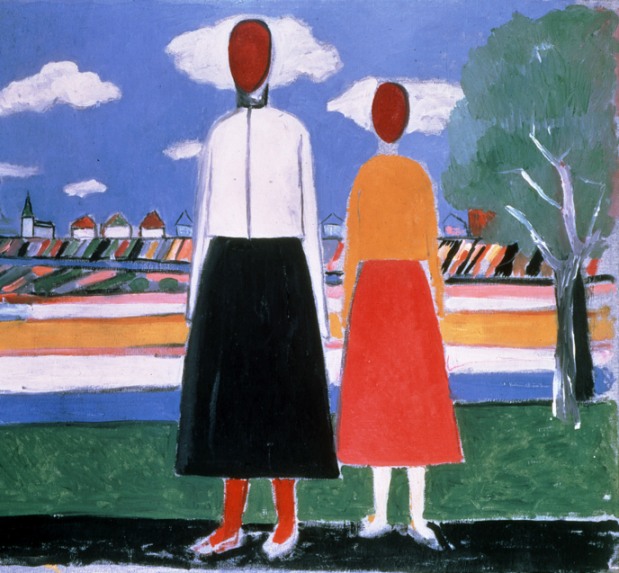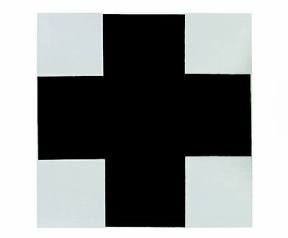The CD starts
playing at high volume before Jay Burnside starts his pint. Keys to the Highway kicks off with an
angry drumbeat. It is furious, it’s pissed off. But against whom are these
rockers mad? “This feeling is mainly against us. After touring for ten years,
there was a little bit of frustration because we hadn’t been able to do any
records for a long time. We wanted to show to ourselves that we still can do
it”, continues the drummer.
The Flaming
Sideburns' career seemed to have entered into the wrong path after the release
of Sky Pilots (2003). “We seemed to
get stuck with bad luck”, Jay says. “A lot of things didn’t work out. We were
about to go on tour in Europe for six weeks, but one month before that, our
booking agent in Europe had a nervous breakdown, so we ended up doing only one
week in Germany and one week in France.”
To overcome
the bad luck strike, the new album is a new beginning for The Flaming Sideburns. It is a comeback to the origins; so the
recording process reflected. Last May, several weeks before the recording, the
band went on the road and started playing a new set of songs. “That’s the way
we recorded Hallelujah Rock’n’Rollah,
our first album, and maybe that is why it turned out so good. We had this bunch
of songs that we had been playing for a couple of years. We went to this studio
and cut the songs almost live”, Jay reminisces. “With this album we wanted to
do something similar”.
In the summer,
the band went into the middle of the woods to record. “There was nothing there
but horses and fields”, Jay Burnside remembers. “The purpose was to stay there
for a couple of weeks and record the album almost live. That’s how it happened.
Nobody seems to do it this way anymore, but we like doing things the wrong
way.”
Keys to the Highway features the guest vocals of Lisa Kekaula, singer of the American
rock’n’soul band The Bellrays. “It was a natural idea. The main reason to record
with them was that they are good friends of us since we first played together
five years ago. Oh, another reason is that Lisa can sing a bit as well… “, he
laughs.
Jay Burnside
looks very happy with the new album and points out his favorite moments while
it is still played in the bar. “This is our country song”, he says as Slow Down
sounds. “Our aim is not to repeat ourselves, even if we work in the small frame
of rock and roll”, he explains, “We try to find new ways and influences. We
have a little bit of country rock and next song is punk rock. That’s the
similarity between our albums. All of them are diverse.”
The new
album will be released on the 31st of January. After that, the band will start
touring Finland and then Europe to be back in Finland in time for the summer
festivals. Expect a year full of hallelujah rock’n’rollah.

